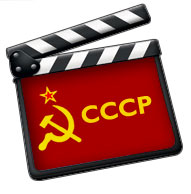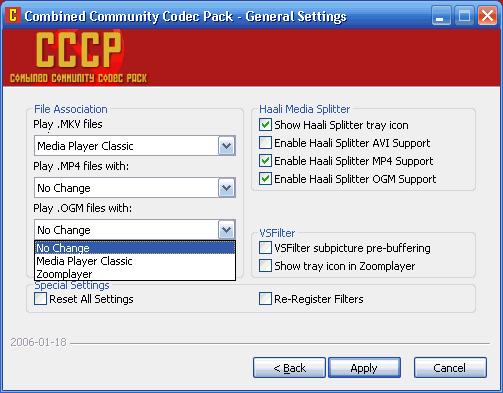
The group then trudges down the cliff where they find Dragovich and Kravchenko. Reznov looks off a snowy cliff with Dimitri Petrenko and Nevski. He then flashes back to the day he was betrayed. He furthermore says that collaborating with any Nazi is a "betrayal against all of Mother Russia." He then says that Dragovich and Kravchenko were not hindered by such crimes. He explains that his father was a musician during the German occupation who was killed by Nazis who found him and his music to be a symbol of defiance. The level starts out with Reznov talking to Mason about his father in their cells in Vorkuta. Viktor Reznov detached to unit 45-last known alias after section: "The Wolf" The Soviets launched Operation Olympus at the end of the war.ģrd Shock Army Special Operations sent to Arctic Circle Alex Mason (playable, only during Reznov's monologue).The first buildings to be constructed were the so-called “ruski bloki”, six blocks of houses lined along a main road, and the building of the people’s committee (today the Town Hall), built on a project by the architect Vinko Glanz in 1953.

Nova Gorica, 1948 (Pokrajinski arhiv v Novi Gorici) (via ) Many young people from all over Yugoslavia, called “mladinici”, were involved in the construction of the new city centre, which was meant to become the administrative core of the recently annexed area. The first project of the socialist city, which was to “shine” across the border, was designed by the architect Edvard Ravnikar, who offered a rationalist approach inspired by Le Corbusier.

Perspective of the main road in Nova Gorica, Project of Nova Gorica, Edvard Ravnikar, 1949 Nova Gorica, which developed in the area previously occupied by the old cemetery of Gorizia, was established in 1948, a few months after the definition of the new border.

(Pokrajinski arhiv v Novi Gorici) Piazza della Transalpina “Mi gradimo socializem” (“We build Socialism”) A walk in Nova Gorica, a new modernist city built after an arbitrary border was traced to divide the territories assigned to Yugoslavia and Italy after WWII.


 0 kommentar(er)
0 kommentar(er)
